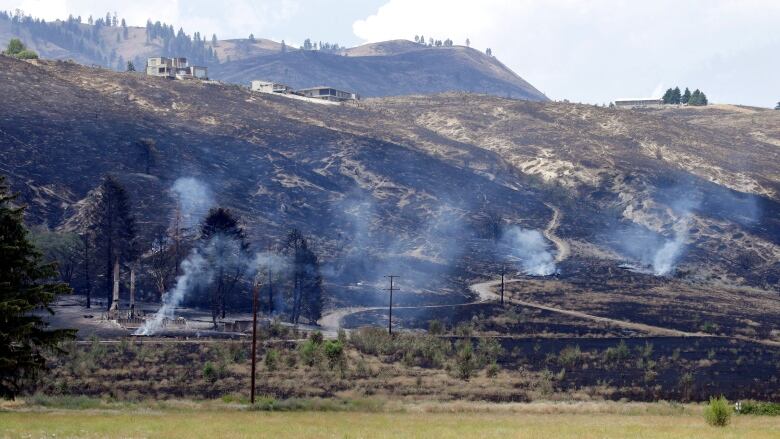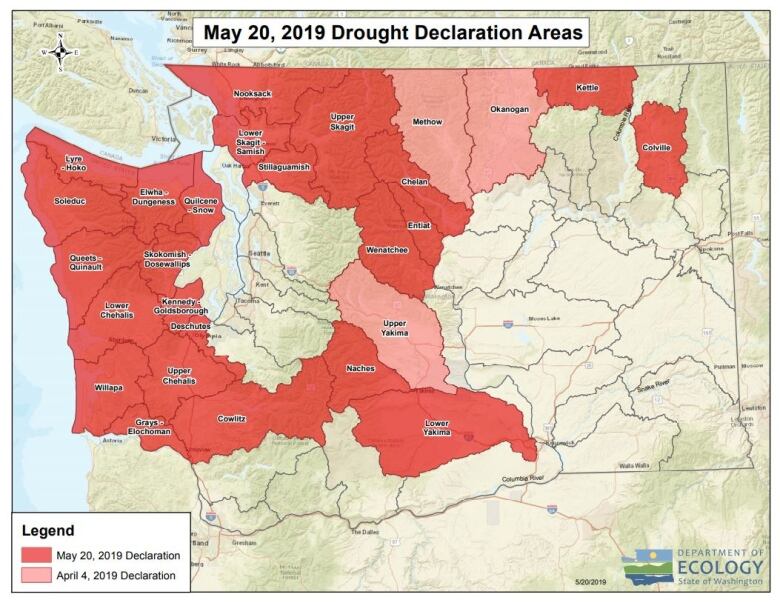Washington governor declares drought emergency in almost half of state
'As the climate continues to change, we must be proactive in taking steps to plan for those impacts'

The governor of Washington has declared a drought emergency for nearly half of the state.
A hot spring has led to a snowpack of less than 50 per cent of normal for this time of year, Gov. Jay Inslee said in a statement.
With less snowpack, the statement continued, water availability is expected to be less reliable.
"I appreciate [the Washington State Department of] Ecology's work with partners around the state to prepare for drought and to position us to quickly react to those in need," said Inslee.
"As the climate continues to change, we must be proactive in taking steps to plan for those impacts."

The declaration means the state can mobilize emergency resources to help out if dry conditions get worse.
The drought-stricken areas of Washington are mostly along the border with British Columbia and along the coast.
The last time the state had a drought emergency was in 2015. A water shortage could result in farm losses and salmon dying in warm streams.
The state's water worries mirror those in B.C.
Record-breaking temperatures earlier this month and a below average snowpack have led to a faster snow melt in this province.
Water levels in the Campbell River system, for instance, are much lower than usual for this time of year.












_(720p).jpg)


 OFFICIAL HD MUSIC VIDEO.jpg)
.jpg)



























































































